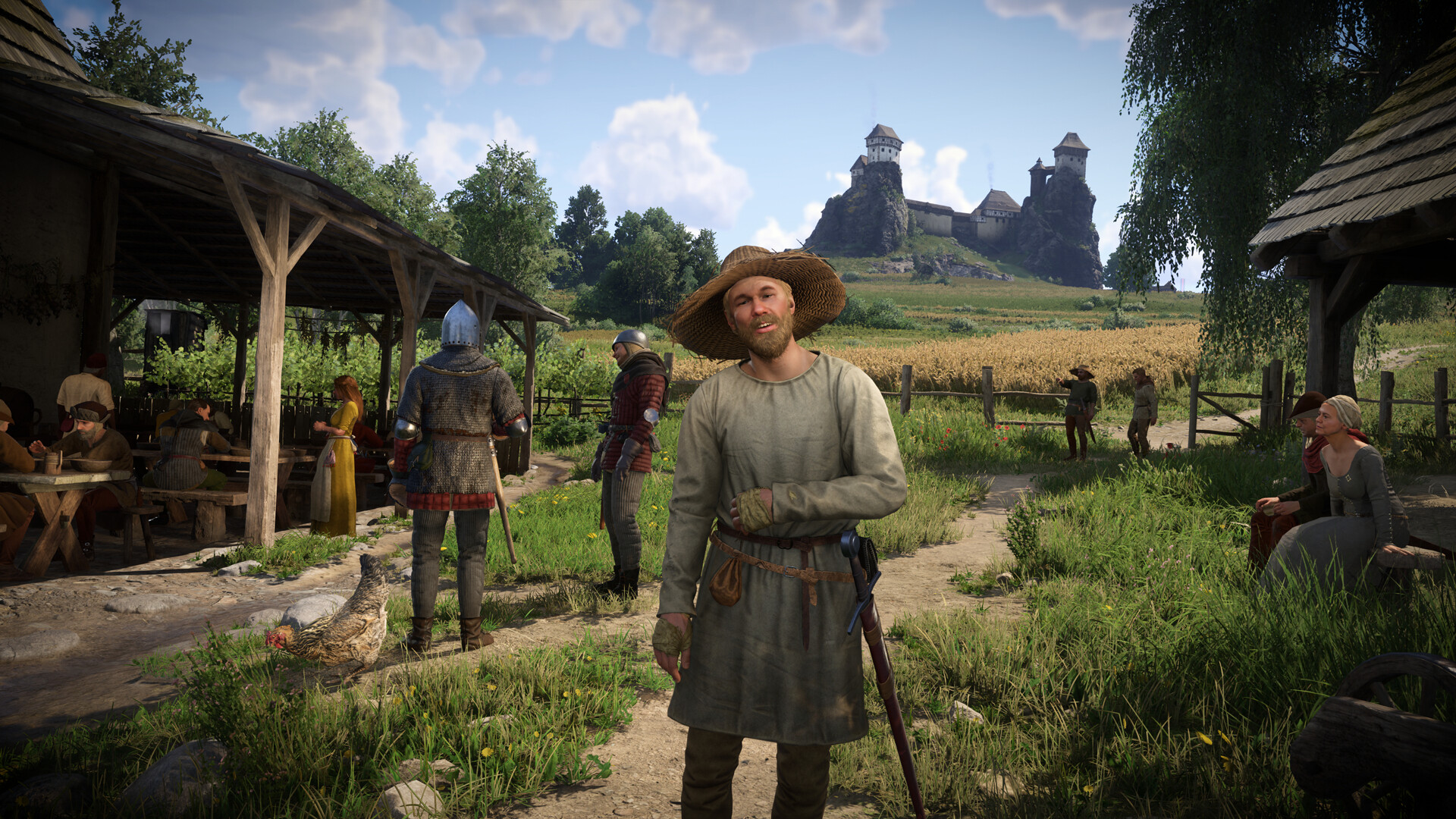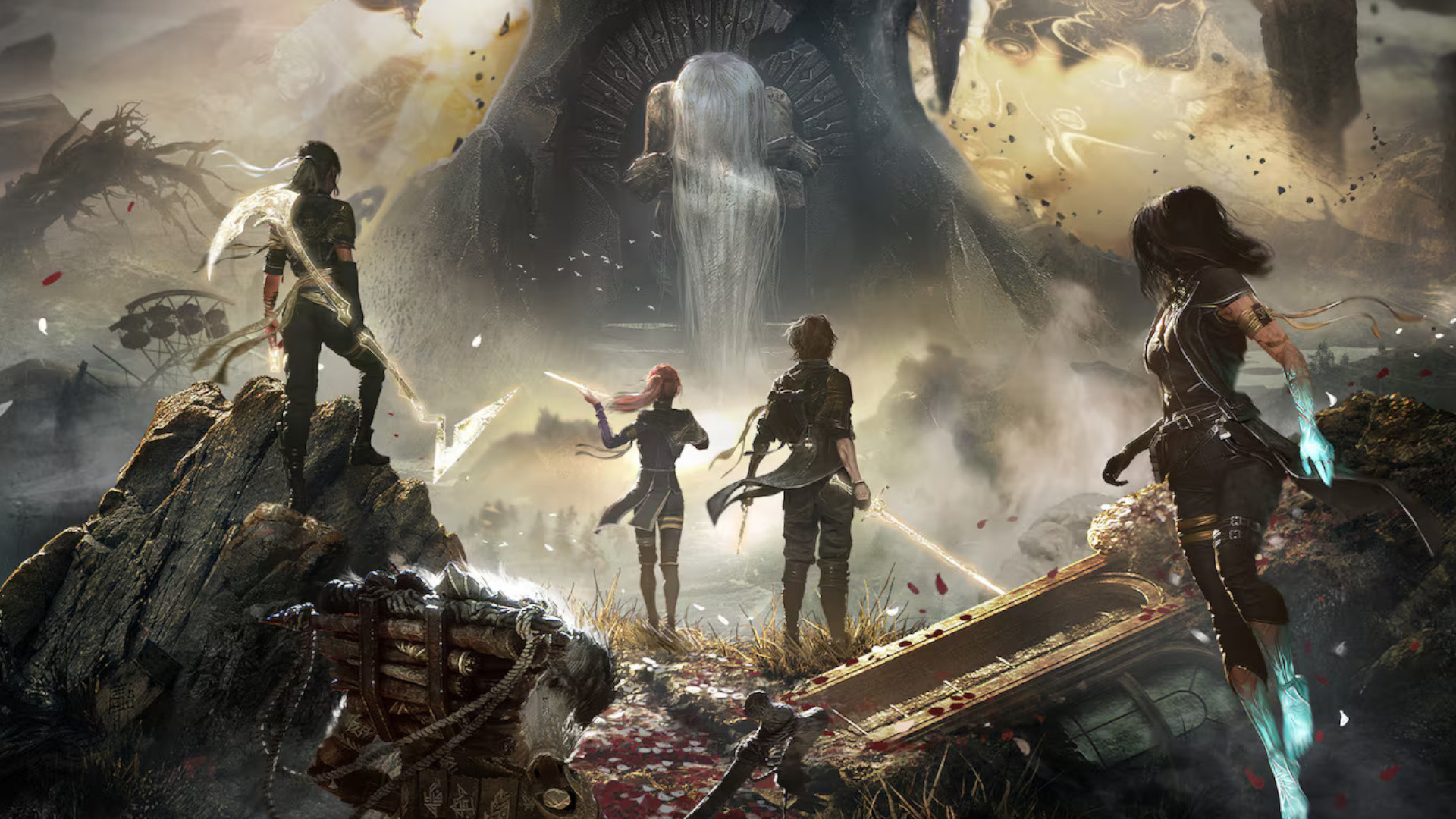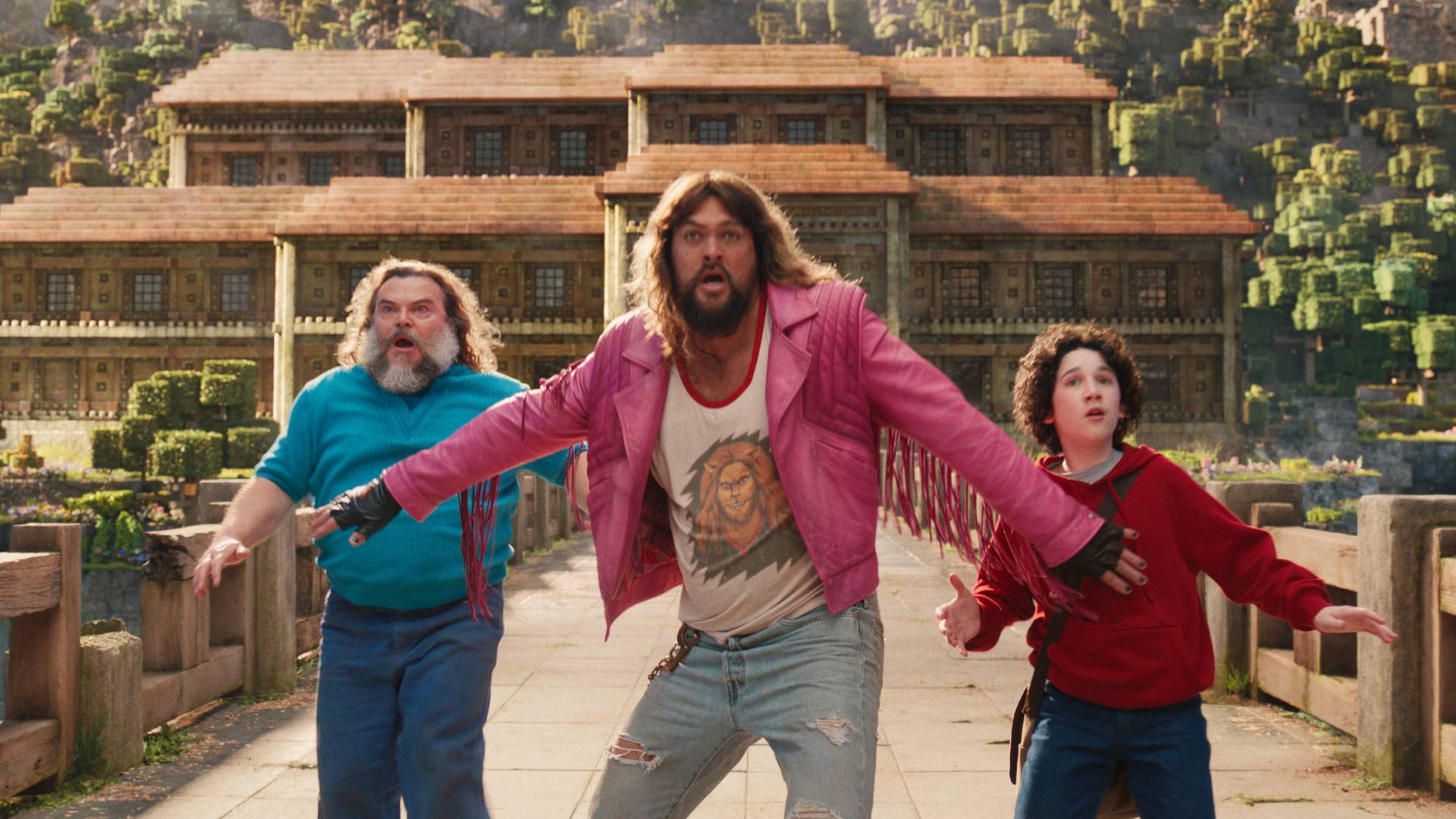Kingdom Come: Deliverance 2's developer knew it couldn't "repeat the Eurojank" of the first game – and as sales soar, Warhorse is having a Witcher 3 moment
On the Radar | Catching up with Warhorse Studios to discuss the lessons learned from its first RPG
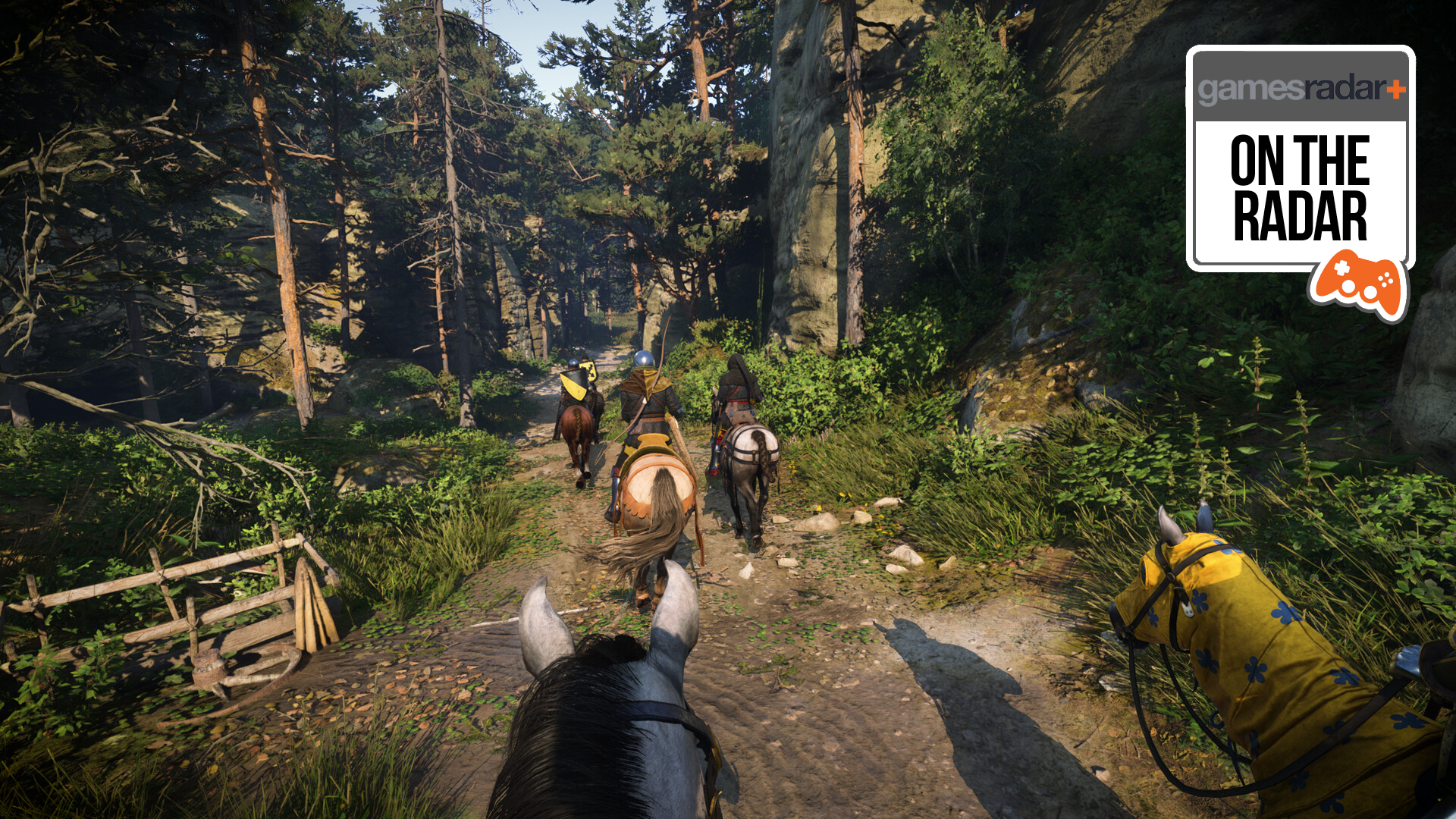
What's the secret to a successful game? Ask a developer, and they'll dive into the importance of collaboration and realizing a shared vision. Ask an investor, and in seconds you'll be up to your ears in buzzwords. But if you ask one of the many people who are playing Kingdom Come: Deliverance 2 this week, you'll likely hear various iterations of "letting players eat so many iffy mushrooms in a forest that they stumble back into the nearest village and die of food poisoning – but not before a guard can slap them in the stocks for pinching someone's lute several days ago".
Oddly specific? Sorry, I'm still working through some things in my own playthrough (and if your travels take you through Troskowitz on your travels, tell them I'm sorry). But there's no denying that Kingdom Come: Deliverance 2 has taken the hardcore-leaning RPG mechanics of its 2018 predecessor and taken them to a far larger audience, landing over one million sales in its first day alone.
It feels like developer Warhorse Studios is having something of a Witcher 3 moment – that is, refining and iterating its RPG series out of semi-niche status in the same way that The Witcher 3: Wild Hunt launched CD Projekt Red's potion-guzzling series into the mainstream in a way past entries hadn't quite managed. But how did it make that leap?
Live by the sword
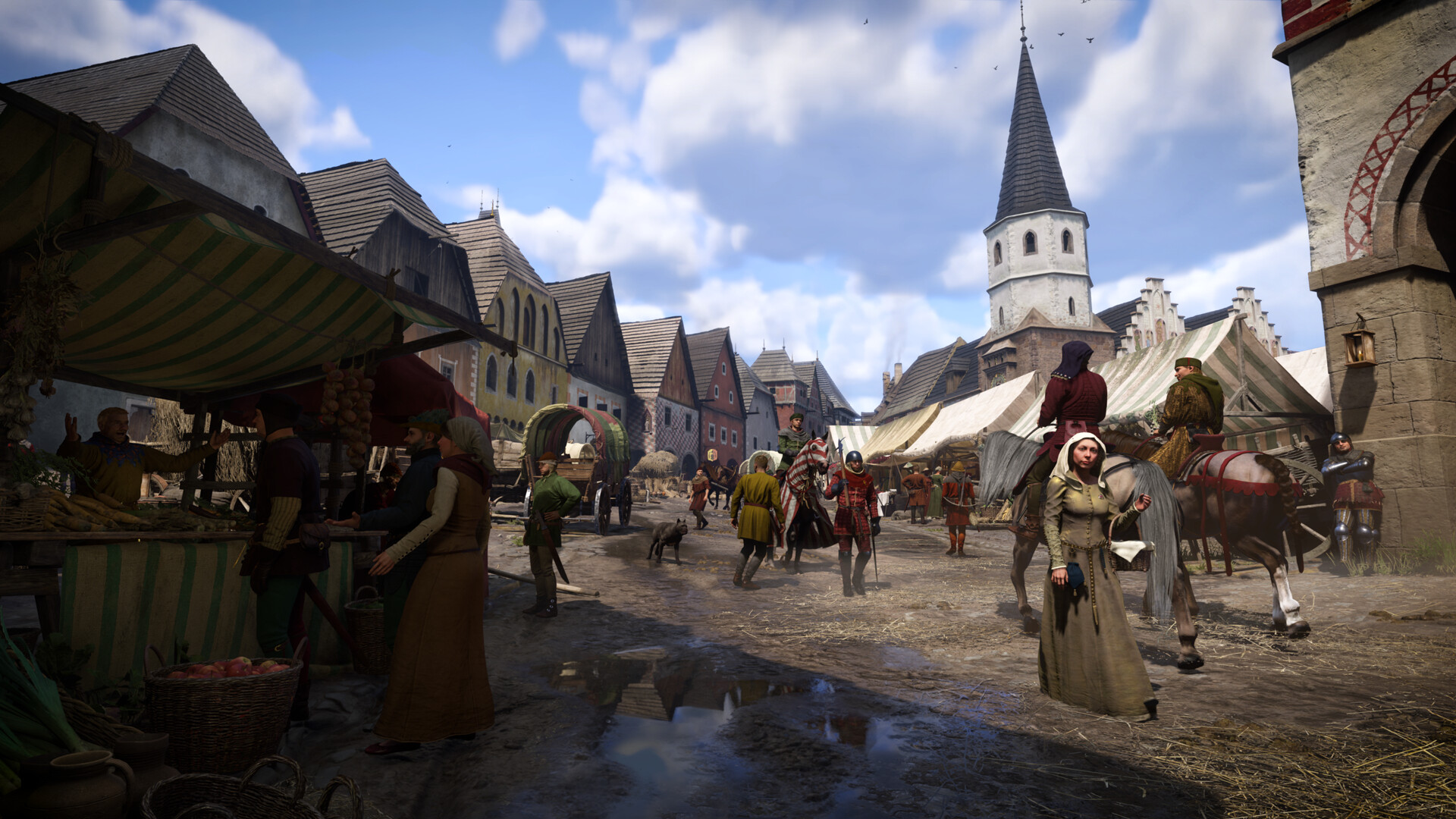
The first Kingdom Come: Deliverance takes up an awkward space. While its unforgiving nature, wealth of mechanics, and rough-around-the-edges bugs kept it from widespread mainstream appeal, it is in many ways too big to be niche. After all, we're talking about a game that has sold 8 million copies and counting. Kingdom Come: Deliverance 2 doesn't compromise on the friction that made its predecessor a success, but it does a far better job at easing players into life in 15th century Bohemia.
Speaking to Warhorse Studios' senior game designer, Ondřej Bittner, and global public relations manager Tobias Stolz-Zwilling, the pair acknowledge that making that leap meant tidying up some of the first games messier edges.
"Like you say, it's too big to be niche," says Bittner. "So we can't really repeat the Eurojank situation. So we really invested in optimizing, bug-fixing, and polishing all these little mechanics. And actually [we aimed] just to be big, not niche – because for a niche game, people are like 'Oh yeah, it's a niche game from a small indie studio, whatever'. We couldn't afford this a second time."
As the beginning of Kingdom Come: Deliverance 2 – which cuts you loose in the 1400s with nothing but a pair of pants to your name – attests to, improving on the original game didn't require dialing back its lifelike elements. You still need to eat, drink, and sleep, while combat can come to a quick and brutal end if you find yourself outnumbered. While we spoke about the game's survival mechanics at length, Bittner also argued that this approach is perfectly compatible with players who may consider themselves casual gamers.
Sign up to the GamesRadar+ Newsletter
Weekly digests, tales from the communities you love, and more
"In Kingdom Come: Deliverance, we attracted quite a lot of people who never play games, which is sort of unique," he says. "It's sort of like Euro Truck Simulator – a lot of people who play Euro Truck Simulator don't play other games. So we interact with a lot of people who love history, or fencing, or historical martial arts, or whatever, and they didn't have a problem with most of the mechanics. It was usually the gamers – like [controversial save item] Saviour Schnapps! People who never played games would be like 'It makes sense to have to eat or sleep', while people who play games are like 'I can't just press F5 to quicksave?'"
"We tried to still keep that complexity, keep all of the living world elements and emergent stories, but make it more accessible so we can break out of the niche and be like 'Hey, this is for everyone – you can do it, everyone can enjoy it'," Bittner adds. "After all the game is not hard to play – you can always do it differently. I can't play Elden Ring because I'm not good at the combat, and that's all there is. It's super hardcore to me, and I can never understand how people play it. But I think Kingdom Come is way more like… you can just walk around and wear nice clothes. So I think it's actually quite a welcoming hardcore game."
Leveling up
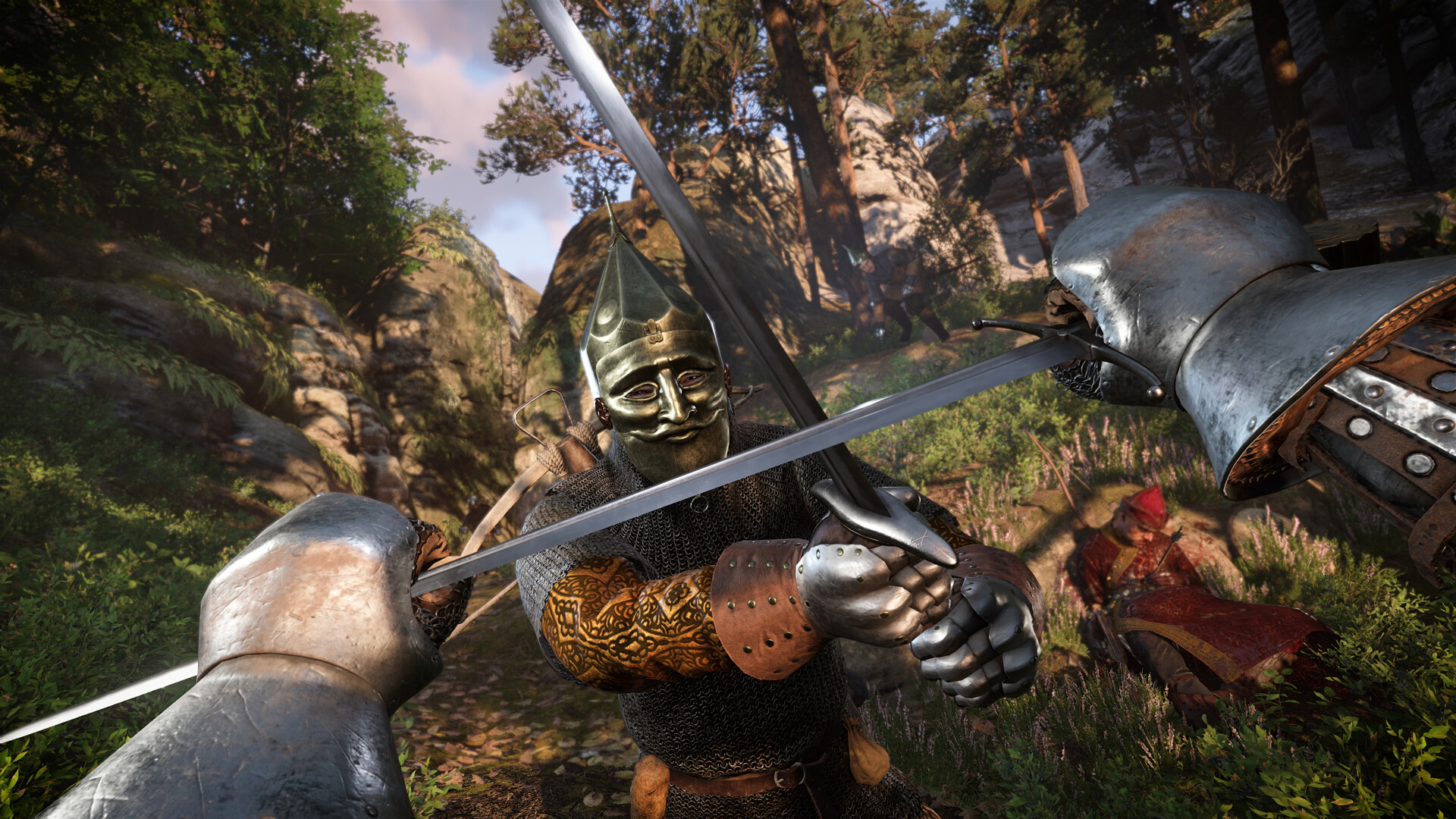
From a more day-to-day perspective, Stolz-Zwilling says that Kingdom Come: Deliverance 2 meant overcoming practical constraints that the first game struggled with. "There were limitations – money, resources, less people, less experience. While many of the developers were experienced, at least half of them never released a game before," he explains, pointing to the original Kingdom Come being Bittner's first game.
But Stolz-Zwilling believes there's still more for Warhorse to learn. "Now we do have the experience, but what we are still not the best at is time management," he says. "We learned a lot from the development of the first Kingdom Come: Deliverance in that we tried very hard to put as many features and things into the game as possible, but then at the end lacked the time to polish it, make it nice, and round out the experience. We've put a lot more effort into that."
"I wouldn't really change anything," agrees Bittner. "I would just go back and make all the good decisions sooner so that we could make this sooner, so we could start making the next great thing. I still wouldn't be sad – all of it is a huge amount of experience you can't really get anywhere else, especially in the design department [...] so I'm grateful we made this, we learned a lot, and we'll use that to make better games."
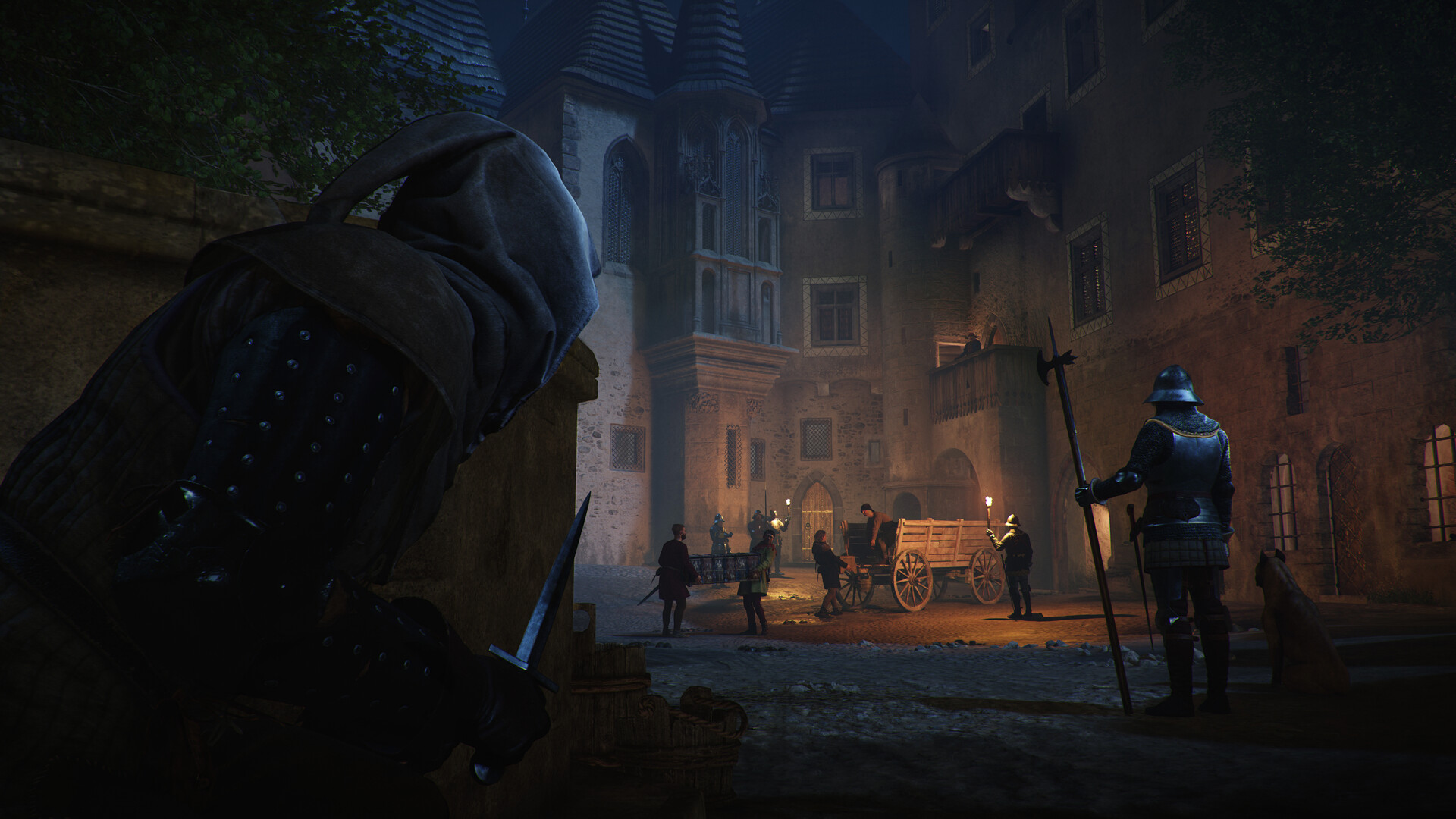
Besides keeping a closer eye on the clock, Stolz-Zwilling says Warhorse's next priorities are already clear. "For future projects, the most important thing is to keep the team together," he explains. "[Developers leaving] is something you naturally have – especially in artistic positions, like concept artists just want to try something new. But other than that, it's important to have cool new projects so that the team stays together and talent doesn't get lost."
The pair also agree that challenges within the industry – namely crippling layoffs and studio closures – did not harm the sequel. Stolz-Zwilling ascribes that to "luck" and says "this struggle passed us and didn't really impact us at all," while Bittner points out that financial stress was relieved because "the first game almost funded the second".
From an outside perspective, Kingdom Come: Deliverance 2 is a testament to iteration – something that many studios simply aren't afforded nowadays. All too often it feels a game is either a hit or it isn't, and what it could be rarely factors into the equation. Here, we see Warhorse not only better itself in essentially every way, but selling a million copies (and counting) for its effort. "Kingdom Come: Deliverance 2," says Stolz-Zwilling, "is the game we always wanted to make."
If you're on the fence about jumping into Bohemia, check out our Kingdom Come: Deliverance 2 review to help make up your mind

Andy Brown is the Features Editor of Gamesradar+, and joined the site in June 2024. Before arriving here, Andy earned a degree in Journalism and wrote about games and music at NME, all while trying (and failing) to hide a crippling obsession with strategy games. When he’s not bossing soldiers around in Total War, Andy can usually be found cleaning up after his chaotic husky Teemo, lost in a massive RPG, or diving into the latest soulslike – and writing about it for your amusement.

